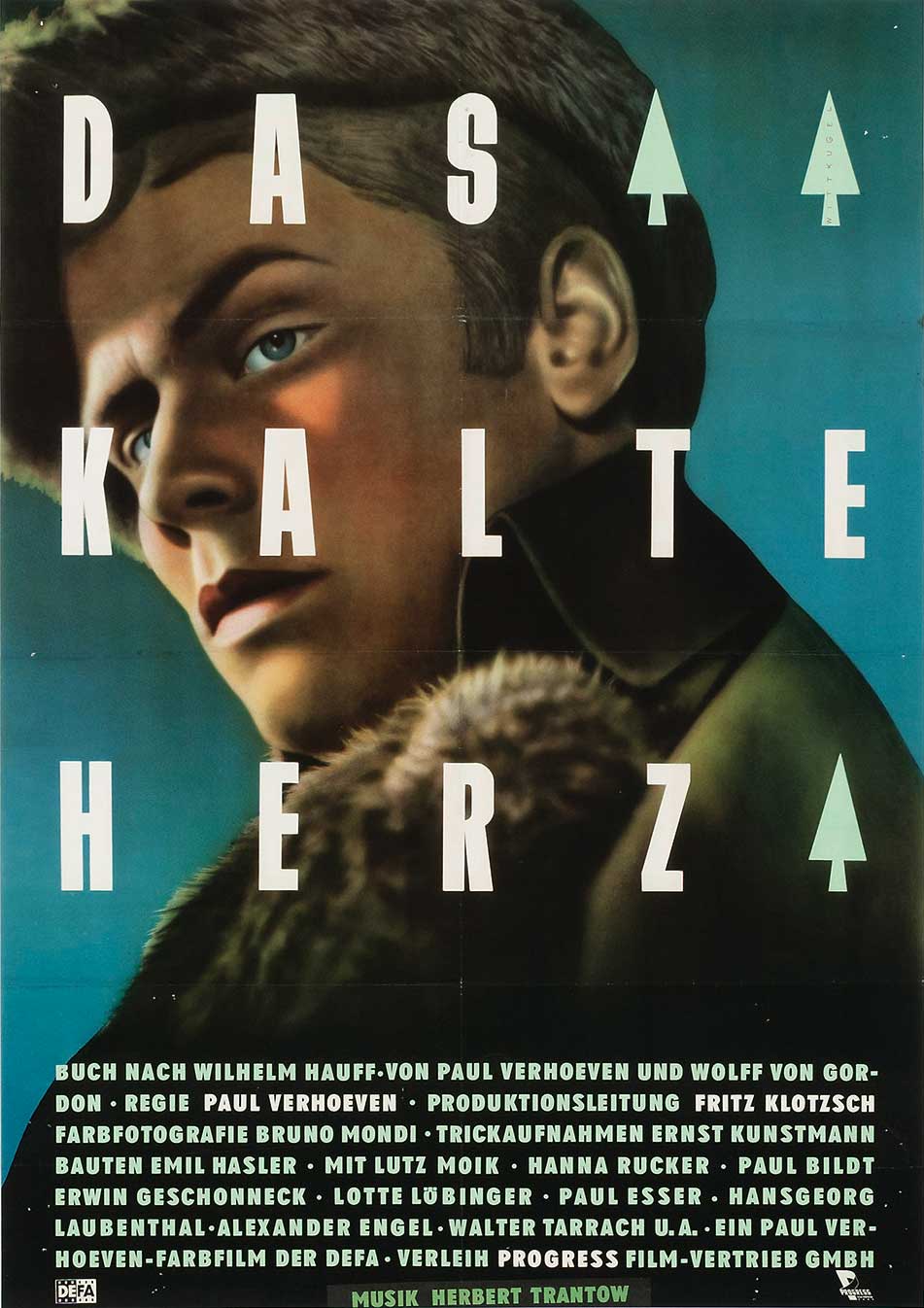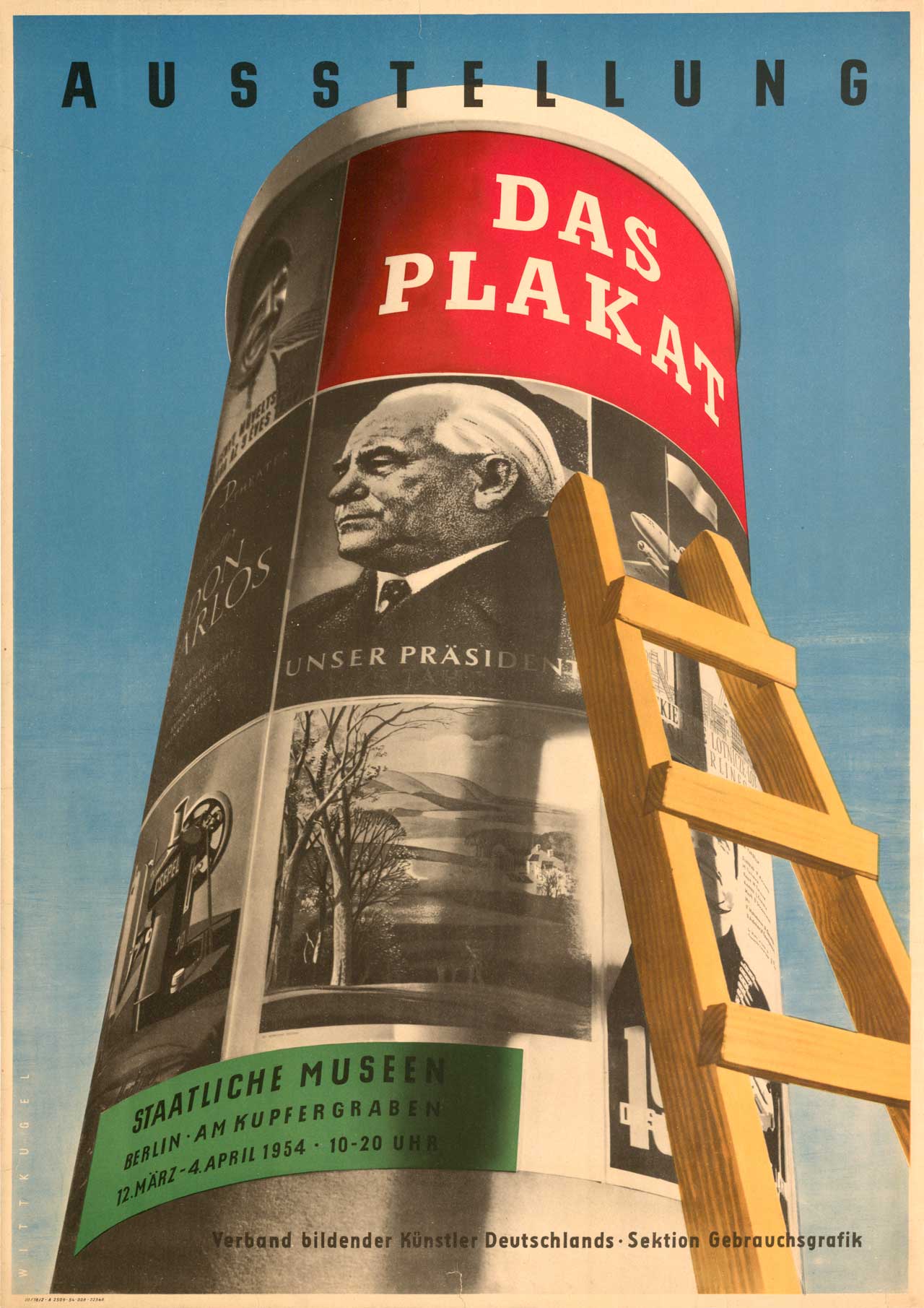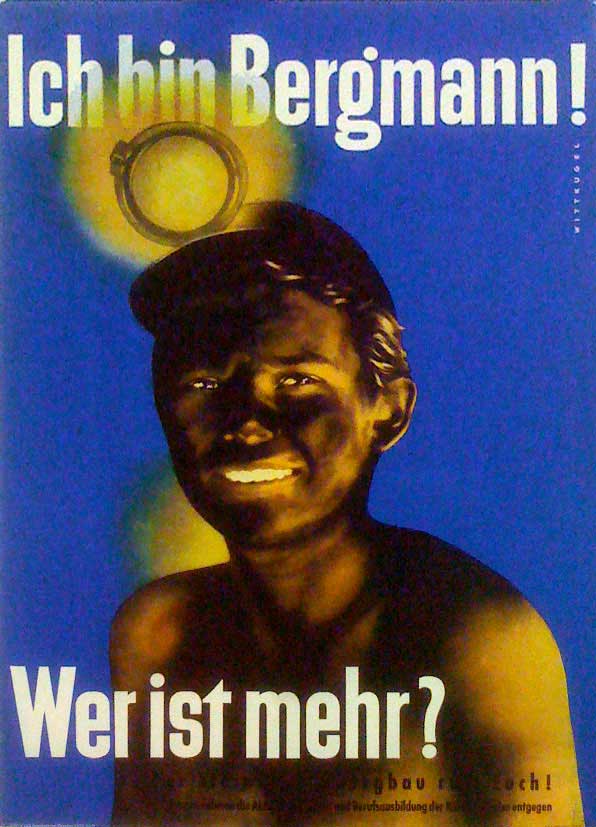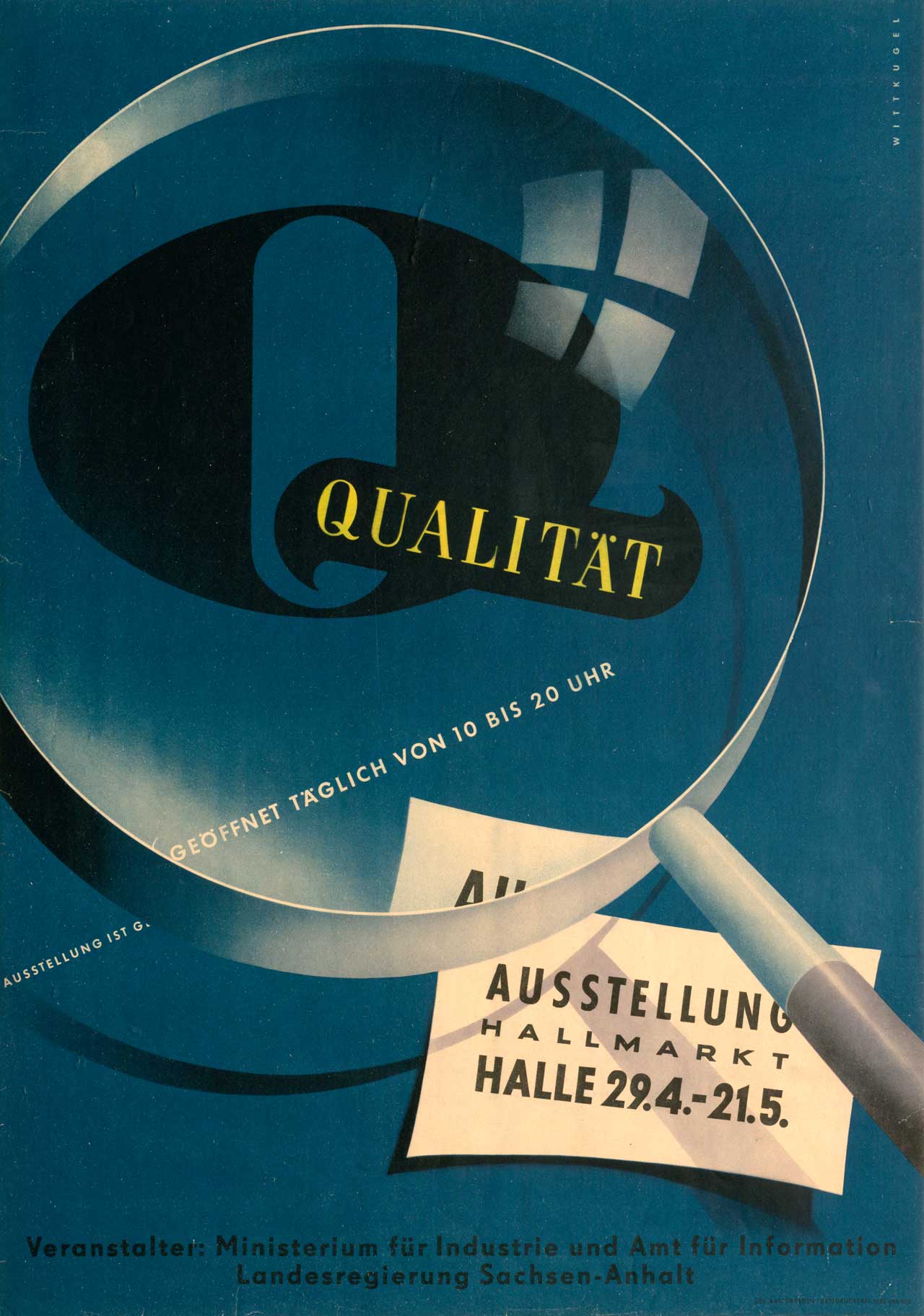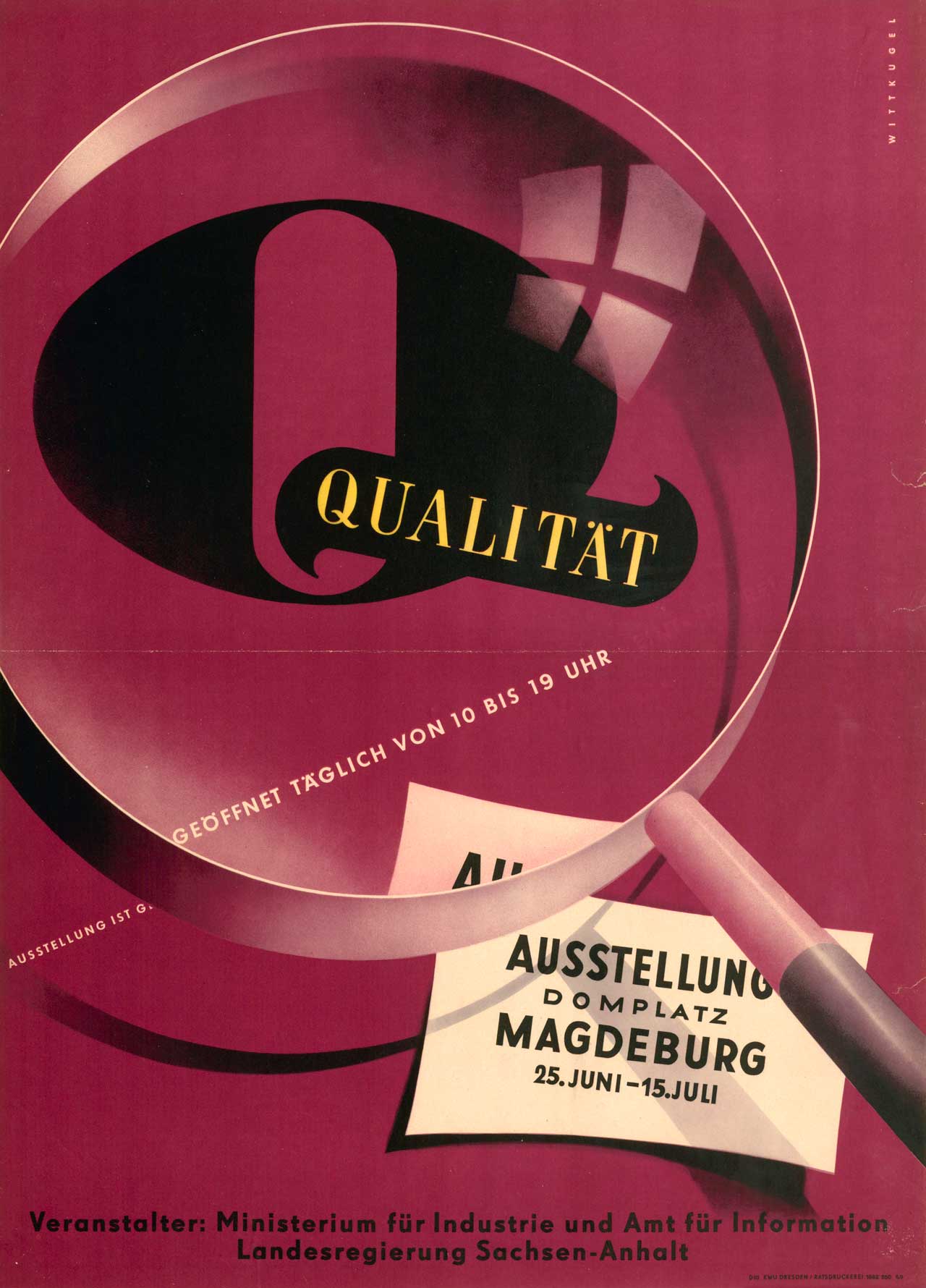Any brand comprises both visual elements, such as logo marks, colour schemes, fonts, etc., and the impressions that people have when they hear or see these visual elements. The latter may sometimes depend on personal emotional experiences rather than the actual brand elements, but nevertheless on a larger scale consumers’ brand associations are the crucial part of brand formation. Everything that influences perceptions of your business becomes a part of its identity.
Brand consistency means that all the facets of your brand, from logo design, product packaging through to social media profiles convey the same message in the same tone of voice. This allows you to build a strong brand identity and gives people something to remember your company by. Brand consistency also means that all visual elements of your brand are in line with each other – for example, if you choose to use modern typography and minimalist style for your website, you probably want to ensure all your marketing materials follow that style and leave ornate fonts and complex layouts for other projects.
If a brand sends conflicting or incoherent messages it can turn away consumers or make it more difficult for you to attract the target audience. In contrast, consistent brand messaging and values will help you gain the trust of your customers and form a positive attitude to your brand.
In this blog post we will give you some tips on how to achieve and maintain brand consistency within your company and across your marketing channels.
Create and maintain your visual identity
According to psychologists, most people are Visuals, which means that they perceive and memorise visual information better than any other form. You can benefit from this fact by developing a consistent visual identity. It includes all the observable elements of your organisation, such as your logo, colour palette, fonts, images, etc.
When the visual components of your brand are determined, you want to stick with them. Think of McDonalds – if you suddenly saw their logo in blue or if the Golden Arches looked different, you would probably still recognise the company, but it would leave you confused and possibly that confusion could lead to business being lost for McDonalds.
Adhere to your brand colours, fonts and graphics throughout your website, social media accounts, email marketing campaigns, and other digital or printed promotional materials. The more consistent you stay in your visual strategy, the more memorable your company will be.
Develop a Brand Guide
A brand guide is a set of rules that determine the use of your company’s logo, colours, fonts, imagery and other core elements of your brand. Think of it as a set of instructions that you can refer to whenever necessary. For example, among other things a brand guide will probably include a list of your company colours with the respective hex values, so every time you need to use a certain colour you can refer to the guide and choose the desired hex value which will guarantee that the colour is the correct one (this should also include RGB and CMYK values for designers).
It’s up to you to decide how detailed you want your brand guide to be, as long as you are confident that you have covered all the important aspects, and that the final result will serve as a useful tool for the business.
A brand guide can be used by all your employees and even external contractors (for example if you want to order branded promotional products). It gives clear directions on proper application of your brand elements in various contexts, from a print advertisement to a business letter. Make sure it is simple, to the point and full of visual examples.
Stay consistent online
Have you ever encountered a business social media page that didn't resemble the normal style of the company? Or have you come across a mobile site that looked completely different from its desktop counterpart?
In order to make your brand easily recognisable online, it is vital to be consistent throughout all of your online channels. Make sure that your website and social media accounts use similar visual and written content and promote the same messages. The same principle applies if you have business profiles on several social networks - all of them should communicate the same brand identity. If it's loud and fun on Twitter, your brand should have a similar look and feel on Facebook and Instagram too.
Choose content in line with your brand values
If you have a blog on your site or a channel on YouTube, the topics you select for your posts and videos should coincide with your brand’s mission and goals. Choose subjects that will be useful for your customers and stimulate their interest to the product or service that you offer. Some social media 'experts' claim that selling via social is not the way to go, but we believe that if products are shown in a useful and genuine context they are often welcome.
The way you write or speak is also important. If your Instagram account shows romantic photos and inspiring quotes, a blog post with a different tone of voice can be an unpleasant surprise for your readers. Try to adhere to a uniform style throughout all channels of communication with your clients. For this you may want to add notes on the brand tone of voice in your brand guide.
support your brand mission
Everyone in your organisation, no matter what position they hold, should have a clear idea of your brand’s mission and values and consider them each and every time they interact with a customer.
All departments within your business should be representative of your brand. An HR manager, for example, should be able to explain to new employees why your brand is unique and what it promises to the clients. Sales and marketing specialists should understand how to convey your brand’s concepts through content and visuals. Make sure there are no misconceptions about your brand among your team as this may negatively affect your business strategy.
Remember who you really are
In the pursuit of competitors or trends, do not get distracted from your brand’s core focus. If you would like to explore a new social media platform, for example, first ask yourself whether a brand like yours would be expected on this platform or whether your existing or potential customers would use it.
Similarly, a decision to launch a playful and funny ad campaign for your classic and conservative brand may run the risk of your company being misunderstood by its target audience. The solution is simple: stick to your brand’s character to ensure consistency and success.






